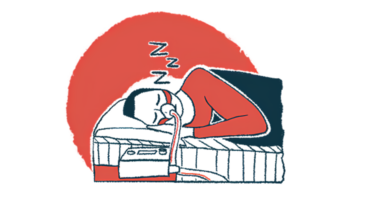Study Shows Variety of Testicular Function, Histology in PWS Patients

There is a wide range of long-term testicular function and cell-level appearance in males with Prader-Willi syndrome (PWS), a new study shows.
The study, “Gonadal function and testicular histology in males with Prader‐Willi syndrome,” was published in the journal Endocrinology, Diabetes, & Metabolism.
It is quite common for males with PWS to have gonadal involvement, such as cryptorchidism (undescended testicles). However, there has been little research on testis (at the microscopic, cell-level structure), or testicular function in males with PWS.
In order to obtain more insights about testicular histology (microscopic anatomy) and long-term testicular function, researchers in Japan analyzed 40 males with PWS, who were diagnosed at Osaka Women’s and Children’s Hospital between 1991 and 2015.
Patients had a mean age of 12.1 years (range between 1 and 28 years), and were followed through clinical examinations every three months until they turned 18, and every six months thereafter, with blood tests done yearly.
Thirty-five (87.5%) of the patients had cryptorchidism; all of them underwent surgery to move the testicle or testicles to the scrotum (orchiopexy).
Fourteen of the patients had reached age 15 or older by the end of the study period. Of these, one had undergone hormone treatments to kick-start puberty at age 14; the rest had begun puberty naturally.
However, of the 11 PWS patients who were over 18 by the end of the study, only two had reached an “adult” level of development (Tanner Stage 4-5). The researchers also noted that the adults tended to have smaller-than-average testicles.
Additionally, after puberty, patients tended to have abnormally low levels of testosterone and abnormally high levels of follicle-stimulating hormone (FSH), which are indicative of hypogonadism — that is, testis that aren’t working especially well.
Nine testis were assessed at the cellular level, revealing a range of histologies. Three patients had Sertoli cell-only syndrome, a condition that causes male infertility and is defined by a lack of clearly identifiable sperm cells in the testis. The other six patients had visible evidence of sperm formation, and two of these patients were deemed to have a “favorable” testicular histology.
The researchers did try to assess whether these changes in histology were linked to the aforementioned puberty traits and hormones, but there wasn’t a definitive pattern. Further research with more patients is therefore needed, the team noted.
“Regardless of the testicular histology in childhood, hypogonadism in PWS adults arises as a consequence of primary testicular dysfunction with highly elevated FSH and insufficient testosterone levels,” the researchers concluded.






